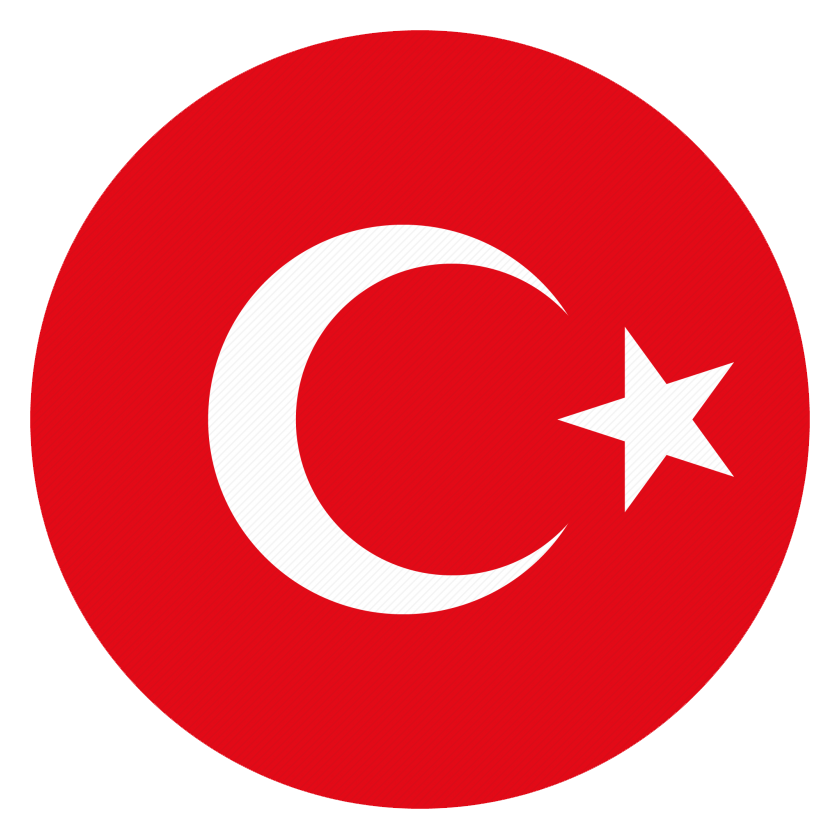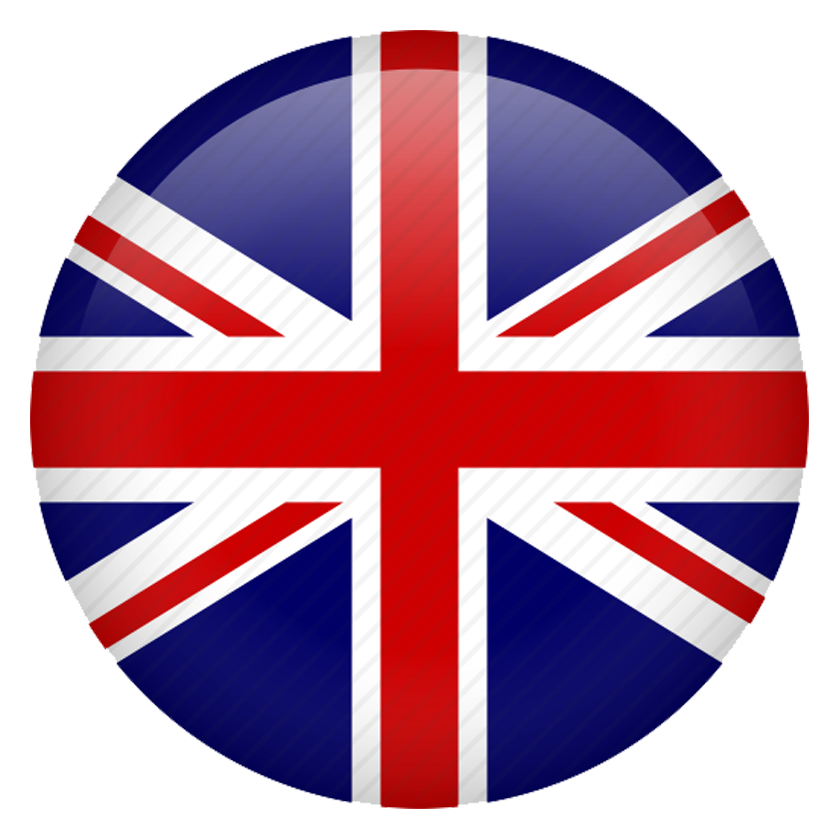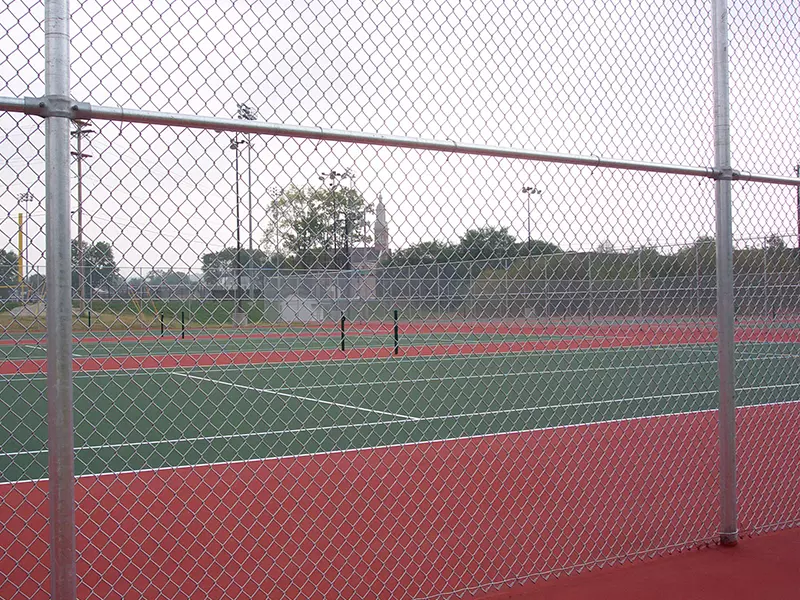Expert Guide to Tennis Court Design and Construction
Tennis is a globally popular sport, and the design and construction of tennis courts are crucial for player safety, playing experience, and the overall appearance of the sports facility. Proper tennis court design and construction ensure that players can play comfortably and safely, enhance the appeal of the sports facility, and reduce long-term maintenance costs.
The design and construction of tennis courts require consideration of various factors, including surface characteristics, drainage systems, lighting, climate control, and safety measures. A well-designed and constructed tennis court improves player experience and strengthens the overall image of the sports facility.
This guide provides expert advice on the design and construction of tennis courts, offering comprehensive information on design considerations, surface selection, maintenance, and other essential aspects.
Factors to Consider in Tennis Court Design
Several factors need to be considered in tennis court design. The most important ones include:
- Dimensions and Measurements: Tennis courts must conform to international standards. The standard dimensions of a tennis court are 23.77 meters by 10.97 meters.
- Surface Characteristics: The surface of the tennis court significantly impacts the playing experience. Different surface types (grass, clay, hard court, etc.) have distinct playing characteristics.
- Drainage System: Effective drainage of rainwater is crucial for player safety and game quality.
- Lighting: Adequate lighting allows play during night hours or poor weather conditions.
- Climate Control: Appropriate climate control measures should be taken to ensure player comfort in hot and cold weather conditions.
- Safety Measures: Safety measures (fences, warning signs, etc.) ensure the safety of players and spectators.
Each of these factors should be carefully evaluated and appropriate solutions developed in the design of a tennis court.
Best Tennis Court Surfaces
The type of surface used on tennis courts significantly affects the playing experience and player performance. The main types of tennis court surfaces are:
- Grass Surface: Grass surfaces cause the ball to travel slower and require players to make higher bounces. This surface provides a classic tennis experience and hosts major tournaments like Wimbledon.
- Clay Surface: Clay surfaces allow the ball to travel slower and enable players to engage in longer rallies. This surface offers a slower and more controlled playing experience and is used for tournaments like the French Open.
- Hard Court Surface: Hard court surfaces cause the ball to travel faster and require players to react quickly. This surface provides a faster and more dynamic playing experience and is used for tournaments like the US Open.
- Rubber Surface: Rubber surfaces offer a more comfortable and safe playing environment. This surface is an ideal option for children and amateur players.
Each surface type offers different playing characteristics and should be selected based on player preferences. Facility managers should choose the most suitable surface type considering the needs of their target audience.
Tennis Court Sweeping and Maintenance
Regular maintenance of tennis courts is crucial for game quality and long-term use. Tennis court maintenance includes the following steps:
- Sweeping: Tennis courts should be thoroughly swept before and after play to remove dust, gravel, and other debris from the surface.
- Surface Repair: Cracks, holes, and other damage on the surface can negatively impact the playing experience and safety. Such damage should be promptly and appropriately repaired.
- Surface Renewal: Over time, tennis court surfaces wear out and need renewal. Surface renewal may involve completely replacing or resurfacing the surface.
- Drainage System Maintenance: The drainage system should be regularly checked and cleaned to ensure effective drainage of rainwater.
- Fence and Equipment Maintenance: Tennis court fences, nets, and other equipment should also be regularly checked and repaired as needed.
Regular maintenance of tennis courts ensures that players have a safe and enjoyable experience and reduces long-term maintenance costs.
Tennis Court Lighting and Climate Control
Proper lighting and climate control of tennis courts are essential for player comfort and safety.
Lighting:
- Tennis courts should have adequate lighting to allow play during night hours or poor weather conditions.
- The lighting system should illuminate the playing area evenly without creating shadows.
- Lighting levels should comply with international standards (e.g., 500-1000 lux).
- LED technology can be used for energy savings.
Climate Control:
- Appropriate climate control measures should be taken to ensure player comfort in hot and cold weather conditions.
- Cooling systems provide comfort for players in hot weather.
- Heating systems provide comfort for players in cold weather.
- Climate control systems also regulate the surface temperature of the court.
Proper lighting and climate control ensure that players have a safe and comfortable experience.
Tennis Court Fencing and Safety Measures
Tennis courts require various safety measures to ensure the safety of players and spectators.
Tennis Court Fences:
- High and durable fences should be placed around tennis courts.
- Fences prevent balls from escaping the court and ensure player safety.
- Fence material should be chosen from durable materials such as steel or high-quality plastic.
- Fence height should comply with international standards (e.g., 3.66 meters).
Other Safety Measures:
- Warning signs and markers should be present around tennis courts.
- Entrance and exit gates to the playing area should ensure safe movement for players.
- Adequate space should be left around the court to prevent players from hitting walls or other obstacles.
- First aid materials and emergency procedures should be readily available in the playing area.
Safety measures not only ensure the safety of players and spectators but also enhance the image of the sports facility.






